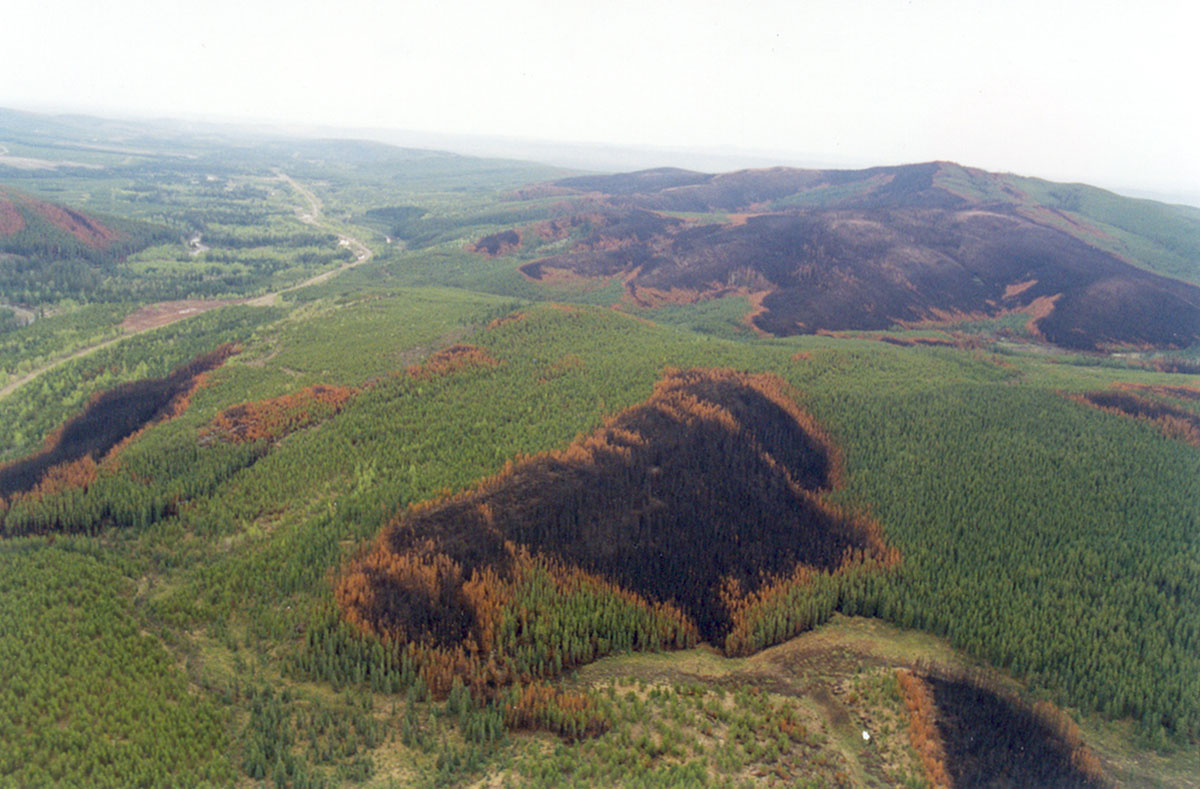
Abstract
Under the auspices of ecosystem-based management (EBM), using historical range of variation (HRV) knowledge to help guide forest management decision-making is becoming commonplace. In support of this evolution, we hypothesized that historical fire-scale wildfire burn patterns in western boreal Canada could be differentiated by major ecological zones. We tested 10 fine-scale burn pattern metrics for 129 natural wildfires across more than 100 million ha of western boreal Canada against existing Canadian and provincial ecological classification schemes. The results showed some evidence of two historic disturbance regimes. Fires in the Foothills and Rocky Mountain ecoregions tended to have more disturbed patches, a smaller dominant disturbed patch, and less area in partially disturbed island remnants relative to fires in the Boreal Forest and Boreal Shield. However, several key metrics such as event shape and total remnant area were zone-invariant. Fire regime parameters such as fire size and frequency may not be linked to more detailed fire behaviour parameters such as remnant patterns. The moderate, yet highly variable levels of remnant pattern variation we found across the study area represents a natural, and potentially universal source of structural and compositional diversity for the boreal that may be critical to its sustainability.
Access the article (with subscription) here.
To obtain the full manuscript, email D. Andison.
Citation
Andison, D.W, and K. McCleary, 2014. Detecting regional differences in within-wildfire burn patterns in western boreal Canada. The Forestry Chronicle. 90(1): 59-69, 10.5558/tfc2014-011.






